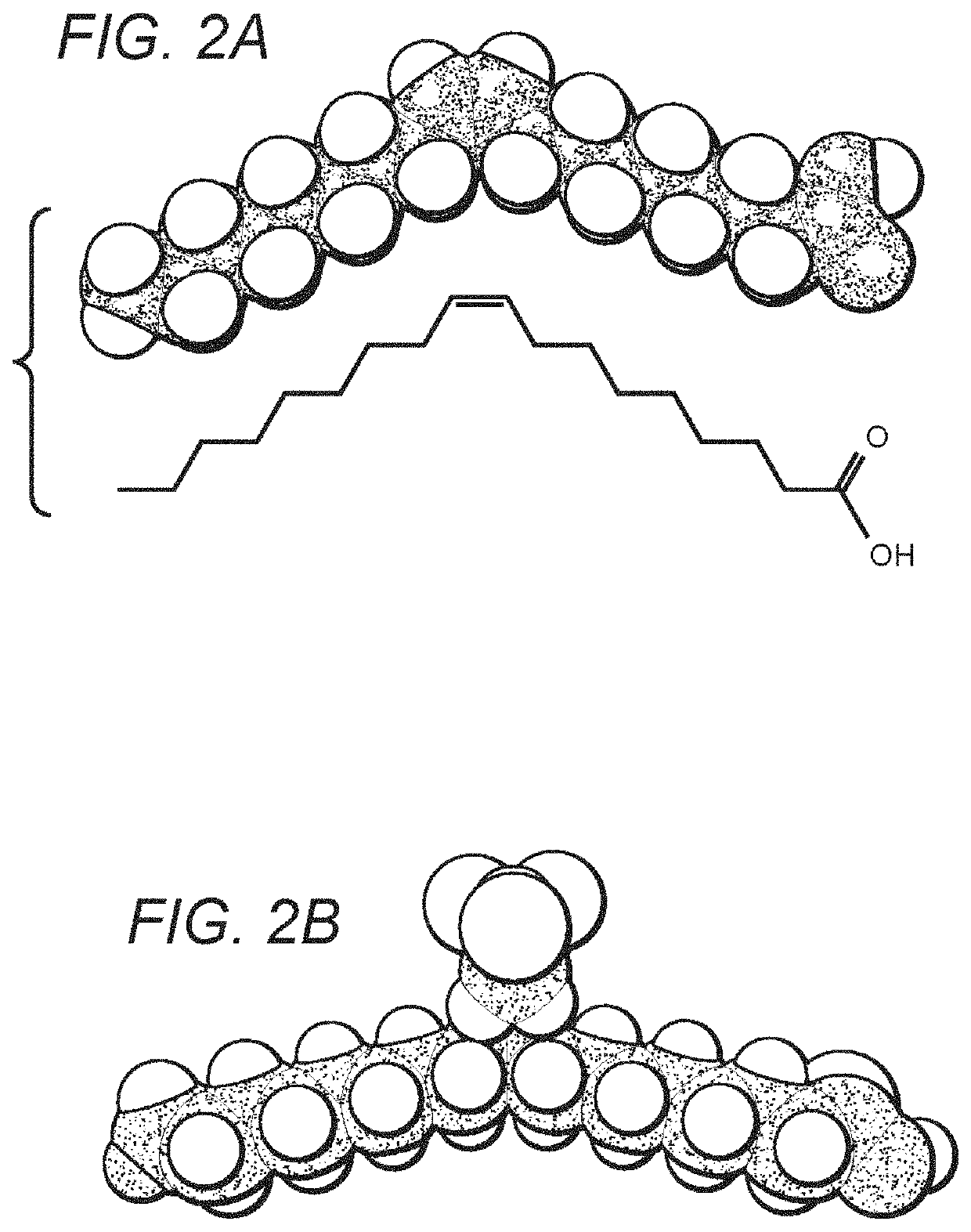Heat transfer fluid coordination entities
a technology of heat transfer fluid and coordination entities, which is applied in the direction of lubricant composition, chemistry apparatus and processes, sustainable manufacturing/processing, etc., can solve the problems of increasing undesired flammability, less capable refrigerants than others, and not yet found a single perfect refrigerant for diverse air conditioning, refrigeration, medical and industrial applications that does not present new environmental challenges, etc., to achieve the effect of superior compressibility factor and inhibiting oxidation or other
- Summary
- Abstract
- Description
- Claims
- Application Information
AI Technical Summary
Benefits of technology
Problems solved by technology
Method used
Image
Examples
example 1
[0112]The present invention is a proprietary refrigerant developed and marketed to replace R-22 in air conditioning and refrigeration applications. It is intended to reduce compressor energy use while providing a comparable cooling effect.
[0113]To demonstrate the efficiency of this refrigerant in typical applications, CSES converted an existing Carrier 48TFF012 air-cooled direct-expansion 10 ton air-conditioning unit from R-22 to the present invention refrigerant at the W Hotel in Chicago, Ill. Prior to conversion, data loggers were installed to measure the compressor energy use and cooling delivered for a period of 26 days (Aug. 28, 2015-Sep. 23, 2015) to establish a performance baseline. After conversion, data logging was conducted for an additional 15 days (Sep. 24, 2015-Oct. 9, 2015). So far as is known, no other modifications were made to the system.
[0114]Preliminary results indicate that compressor power is reduced by an average of 20% (17%-24%) across the operating range of t...
PUM
| Property | Measurement | Unit |
|---|---|---|
| wt % | aaaaa | aaaaa |
| wt % | aaaaa | aaaaa |
| temperatures | aaaaa | aaaaa |
Abstract
Description
Claims
Application Information
 Login to View More
Login to View More - R&D
- Intellectual Property
- Life Sciences
- Materials
- Tech Scout
- Unparalleled Data Quality
- Higher Quality Content
- 60% Fewer Hallucinations
Browse by: Latest US Patents, China's latest patents, Technical Efficacy Thesaurus, Application Domain, Technology Topic, Popular Technical Reports.
© 2025 PatSnap. All rights reserved.Legal|Privacy policy|Modern Slavery Act Transparency Statement|Sitemap|About US| Contact US: help@patsnap.com



